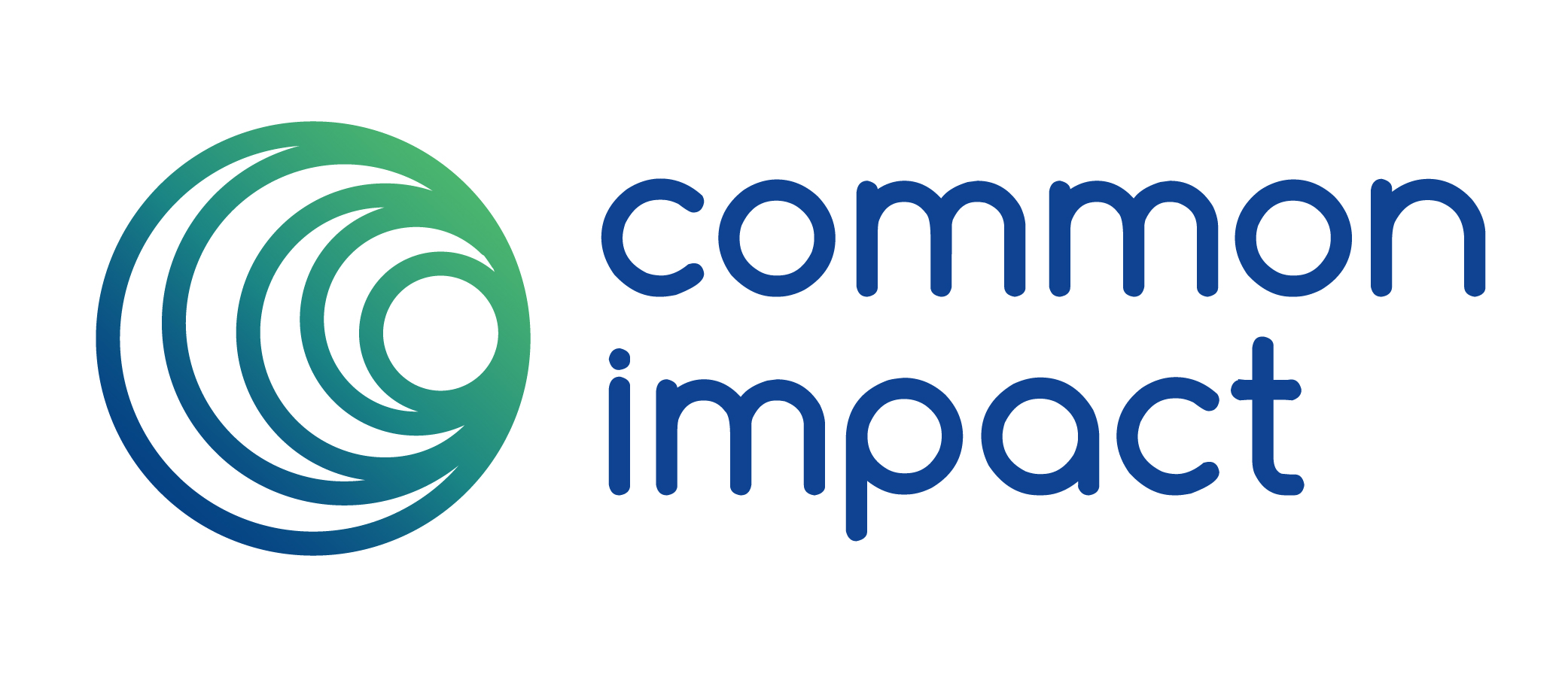Program Spotlight: New Pathways for Youth

Program Spotlight: New Pathways for Youth
by Marlo Apple and Common Impact
We're excited to highlight an inspiring project with a talented team from Charles Schwab and its nonprofit partner, New Pathways for Youth (NPFY), who empower youth to fulfill their potential through mentoring and life skill development. The Schwab team created an onboarding plan to help NPFY train and retain their talent. The new process provides new hires with a better understanding of NPFY’s vision and culture and instills a sense of belonging.
Marlo Apple, Director of Development from NPFY and Charles Schwab Pro Bono Challenge Participant, shares her take on this inspiring project:
1. Why does this project matter?
In 2014, we shifted our focus to combine 4 separate programs into one integrated program model in order to increase sustainability and to ensure every youth served by our organization received the best elements of each program. We noticed a lot of turnover during this shift because employees felt a strong connection to specific programs, not the overall organization. We partnered with Charles Schwab to create a hiring, onboarding, and retention roadmap to better acclimate staff to our organization as a whole and to help them understand why program integration was critical as it related to our organization’s lifecycle. This plan helped to retain current staff and ensure new hires were aligned with our core purpose from their first day. Ultimately, it built tremendous confidence in NPFY and our leadership.
As a nonprofit, we face capacity limitations and don’t have a dedicated HR department to educate staff on the best hiring practices. This opportunity to access Charles Schwab’s HR expertise increased our confidence as managers and put a plan in place to onboard and retain the right talent. Since this plan has been in place, we’ve realized an 86% retention rate.
2. How has the projected impacted talent and leadership development at New Pathways for Youth? What made it really successful?
We have some very new managers on our team, who are both working on their own professional development goals and recruiting, hiring and managing colleagues for the first time. The strategic HR roadmap has evolved as a training tool for these new managers to increase their confidence and acclimate new NPFY employees to our core culture and curriculum. This enables new employees to understand the “secret sauce” of our organization. During their training, new employees are equipped with the tools to be able to tell their own story and connect it back to NPFY’s mission.
I have already seen employees grow as leaders both personally and professionally since the HR plan has been implemented. There is also a new found level of accountability amongst the team because there is a clear and valued structure in place.
3. How has your organization continued to stay involved with the Volunteer team?
The volunteer team immediately understood our organization and goals. We saw how much value the HR plan had and we made an effort to keep the team informed on its continued success. We invited them to a tour of our facility and presentation so they could see our work first hand and they made such a strong connection to NPFY through this opportunity that they took action to increase their involvement.
Some team members decided to make financial contributions, one offered to serve as an HR advisor, and another offered to facilitate a leadership training to speak to the whole staff about the concept of being a leader at any level.
We truly saw the Schwab team as key stakeholders in NPFY’s success as an organization. Through this engagement, we created lifelong supporters of NPFY
4. What was your favorite moment over the course of the project?
My aha moment was feeling the incredible support from the team. I thought it might be difficult for corporate employees to understand our resource and capacity constraints, but I felt the team’s support from the moment we arrived at the Pro Bono Challenge. They understood our limitations and had already brainstormed potential solutions that were creative and reflective of our organizations’ culture. These individuals truly had a hand in creating a more sustainable model for our organization. They had a much larger impact than I thought was possible in just one day.

